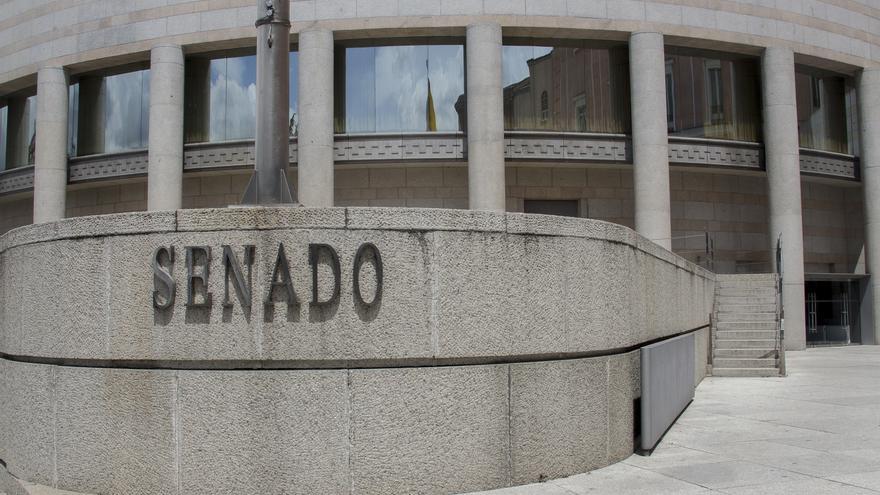
The canaries summoned to participate in the general elections of 23J 2023 they have the opportunity to elect 11 senators from the 208 seats that the Senate in this electoral process, marked by open lists. There are 1,800,000 Canarians who have the right to vote, five percent of the 37.4 million Spaniards who appear on the electoral roll.
The senators chosen by the Canary Islands in these elections come from island constituencies, just like the senators from the Balearic Islands. The distribution of senators is not the same for each island. The electoral law determines that the larger islands, in the case of the Canary Islands Gran Canaria and TenerifeThey choose three senators, the same as Mallorca in the Balearic Islands. The rest of Canary Islands –Lanzarote, Fuerteventura, The Palm, La Gomera and The ironwithout taking into account the graceful– choose a senator each.
In this way, the provincial balance is broken and the province of Santa Cruz de Tenerife has one more senator, six, than the Las Palmas province, five. However, it is said that it is not the provincial constituency that governs in this case. There are also five senators in the Balearic Islands, as one corresponds to Menorca and the other to the Ibiza-Formentera group. In the rest of Spain, the constituency is the province and each one elects four senators. There is another exception, which is given by the autonomous cities of Ceuta and melilla. Two senators correspond to each one.
If we recap what has been said so far, we have that for the election of senators by suffrage there are 48 provincial constituencies, ten insular ones and two for the autonomous cities.
Composition of the Senate
The Senate or Upper House is a territorial chamber, and therefore its composition does not only depend on the electoral process in progress. By universal suffrage and through open lists, 208 seats are elected, but there are more senators. The rest are the senators appointed by the autonomous parliaments and, in this case, their number may vary from one legislature to another depending on the population. In the last one, they were 57 morebut in the three legislatures that passed between 2011 and 2019 there were 58 regional senators.
The Canary Islands have had three regional senators since the ninth legislature, which began in 2008. Previously, since the creation of autonomy in 1982, the Canary Islands had had two senators.
Open list procedure
The constituencies is not the only thing that differs from the election system of senators from that of deputies. Although both systems are universal, free, equal suffrage, straight and secret, of all Spanish voters over the age of 18 who appear in the census, the lists make the difference. While deputies are elected by closed listsdifferent ballots, one for each party with its candidacy, senators go for open lists, where there is a single ballot for all parties.
The single ballot presents the candidates to the Senate for each constituency grouped by party, but The voter has to mark in the corresponding box with an X the candidate or candidates to whom he gives his vote and they can be from different parties.
In provincial constituencies, each voter can mark up to three boxes. On the islands of Gran Canaria, Tenerife and Mallorca, as well as in Ceuta and Melilla, there are two crosses that must be marked on the ballot. Finally, for the rest of the islands -La Palma, La Gomera, El Hierro, Lanzarote, Fuerteventura, Menorca and the grouping of Ibiza and Formentera- the mark on the ballot is reduced to a.
















